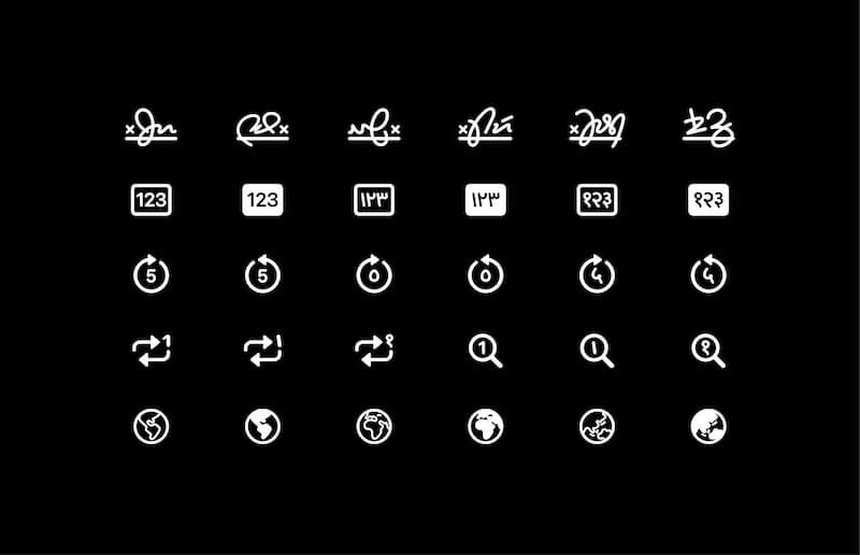From bread to breasts – the taboo-busting PSA
Traditional customs dictate that Lebanese women rarely talk openly about their bodies. However, this respect for tradition presented a different opportunity to encourage conversation, by drawing on one of the oldest customs in the world: baking bread. The Bread Exam is a recipe video in which Lebanese baker, Um Ali, demonstrates the steps of a breast self-exam through a similar gesture: the act of kneading and pressing dough. The gestures are shown without a single mention of breasts, transforming an intimate subject into an acceptable, everyday experience.
Executing the creative brief
Storyteller and filmmaker Danielle Rizkallah took the initial concept from McCann Paris and developed it into a film. She decided to shoot in the mountains in Lebanon, in a home that resembled the comfortable kitchen Um Ali would usually work in. To inform her performance, Um Ali was taken to three different gynaecologists to learn the movements to make using the dough.

Casting for authenticity
Rizkallah explains, “We needed someone authentic, super believable, transparent in her face, someone… who doesn’t act anything in her life.” Um Ali was a clear favourite for the casting team, as they knew she would deliver the message with the conviction it needed while garnering absolute trust. Casting someone traditional with modern values was decisive in landing the message and ensuring women and the men in their lives would accept the advice in the film.

Using creativity to overcome cultural taboos
In much of the world, feminine health is associated with some kind of taboo and Rizkallah says that people in Lebanon will often switch channels when adverts for sanitary products come on. Using the age-old trusted process of bread-making was the vehicle in which the life-saving taboo advice could be delivered. Rizkallah explains that it is up to creatives to find new ways to make sure these messages are heard, “Creative ideas do work and do reach people. We need to be the good shepherds.”






















